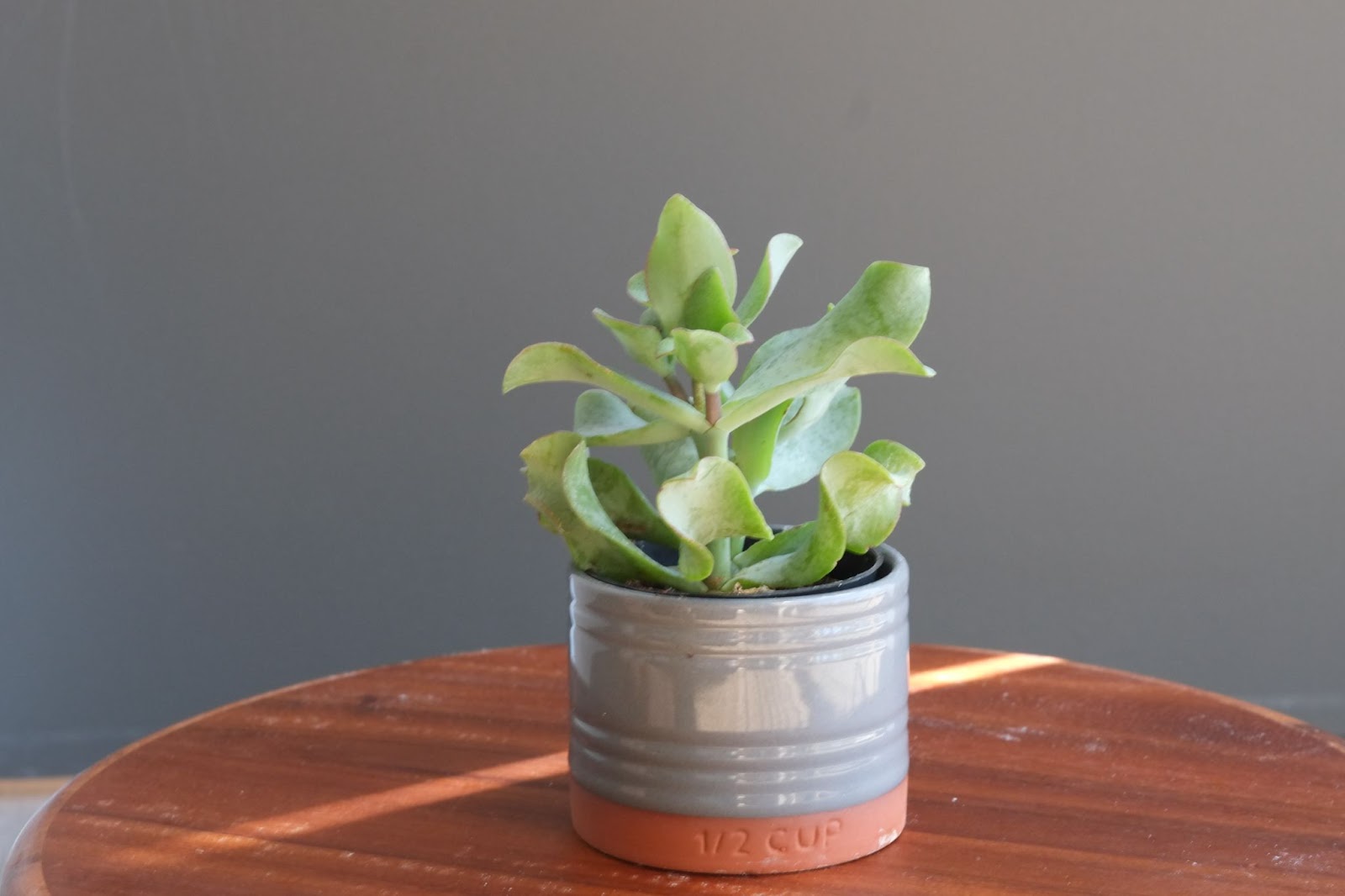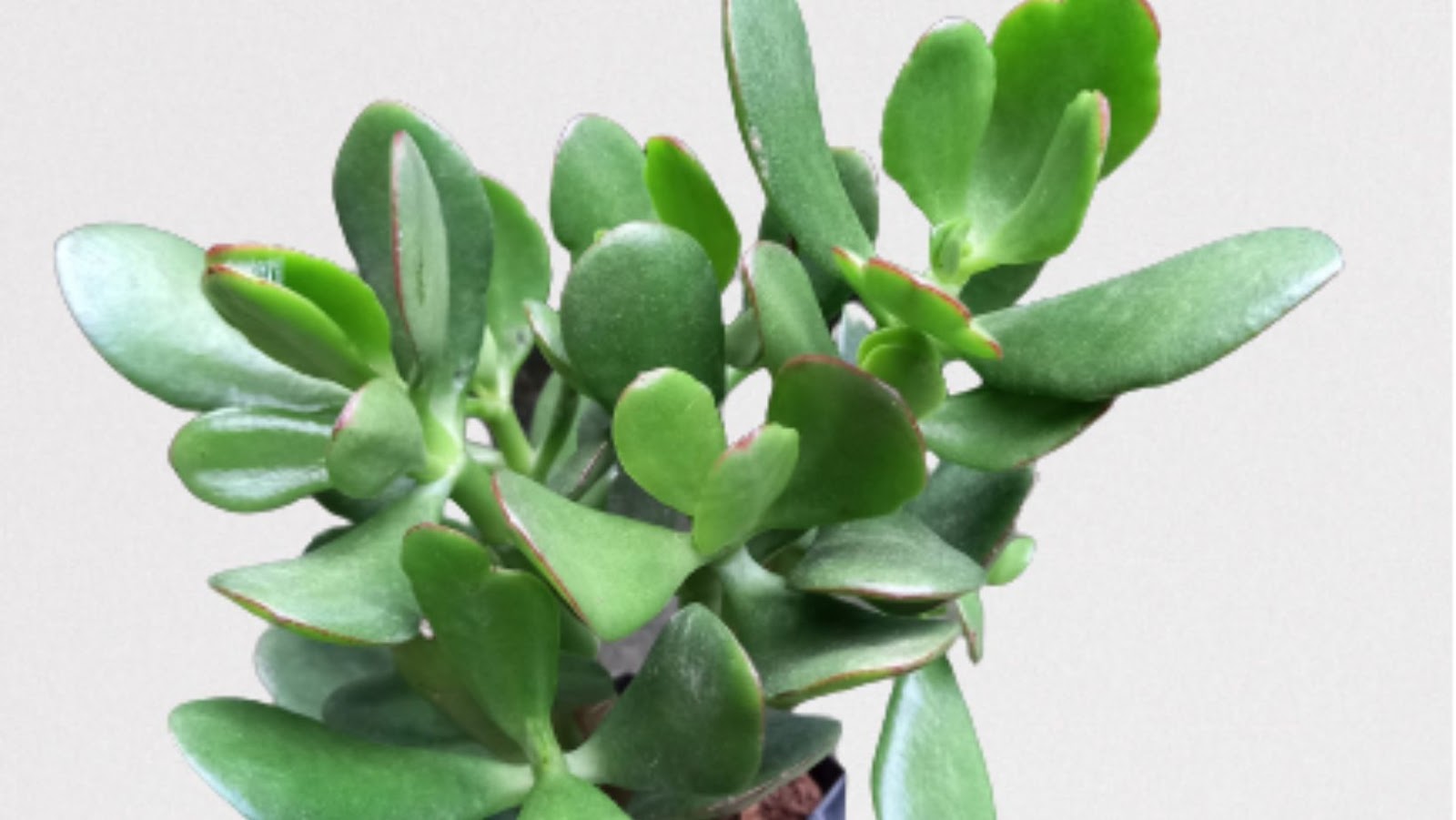Don’t worry, your jade plant is not dying. The leaves falling off are most likely due to incorrect watering or too much direct sunlight. Here are some tips on how to fix an unhealthy jade plant.
Why Are The Leaves Falling Off My Jade Plant
There are several reasons why the leaves of a jade plant may start to fall off. The most common reason is improper watering. If a jade plant is overwatered, the roots will rot and the plant will start to stress. This stress will cause the leaves to turn yellow and fall off. If a jade plant is underwatered, the leaves will also turn yellow and fall off. Another common reason for leaf drop is low humidity. Jade plants prefer high humidity, so if the air in your home is too dry, the leaves will start to drop.
Unhealthy Soil, Poor Drainage, Overwatering, Pests & Diseases
If your jade plant’s leaves are falling off, it may be due to unhealthy soil, poor drainage, overwatering, pests or diseases. To fix an unhealthy jade plant, start by checking the soil. If the soil is compacted or doesn’t drain well, repot the plant in a pot with fresh, well-draining potting mix. If you suspect your plant is overwatered, allow the top inch of soil to dry out before watering again. Be sure to check for pests and diseases, and treat accordingly.
Improve The Soil, Improve Drainage, Water Less Often, Control Pests & Diseases
If your jade plant is unhealthy, the leaves may fall off. This can be due to several reasons, including improper care. To fix an unhealthy jade plant, you need to improve the soil, improve drainage, water less often, and control pests and diseases. Improving the soil will help the jade plant to get the nutrients it needs. You can do this by adding organic matter to the soil or by using a fertilizer specifically for jade plants. Improving drainage will also help the jade plant to get rid of excess water. To do this, you can add sand or perlite to the soil. Watering less often will help to prevent the leaves from falling off. Watering jade plants too often can cause them to become waterlogged, which can lead to leaf drop. To water less often, only water when the soil is dry to the touch. Finally, you need to control pests and diseases. Pests such as mealybugs and aphids can sap away at the plants’ energy, causing the leaves to fall off. To control these pests, you can use an insecticidal soap or horticultural oil. Diseases such as root rot and fungal infections can also cause leaf drop in jade plants. These diseases are typically caused by too much moisture in the soil. To control these diseases, you need to improve drainage and reduce watering frequency.

How To Keep Your Jade Plant Healthy
Jade plants are beautiful, easy-to-grow houseplants that can live for many years with proper care. These popular plants are native to Africa and thrive in bright light and well-draining soil. Jade plants are susceptible to a number of problems, including mealybugs, spider mites, scale, root rot, and leaf drop. Many of these problems can be avoided with proper care. Here are some tips for keeping your jade plant healthy:
- Place your jade plant in a location that receives bright light. Jade plants need at least four hours of direct sunlight each day to thrive. South- or west-facing windows are ideal.
- Water your jade plant when the soil is dry to the touch. Allow the water to drain freely from the pot to prevent root rot.
- Apply a high-quality cactus fertilizer once per month during the growing season (spring and summer). Reduce fertilization to once every two months during fall and winter.
- Remove any dead leaves or stems from your jade plant as necessary. These can provide homes for pests or diseases.
With proper care, your jade plant will stay healthy for many years to come!

How To Propagate Your Jade Plant
Jade plants are wonderful, easy-to-grow houseplants that can last for many years. They’re also very easy to propagate, so if you want more jade plants, it’s easy to start new plants from cuttings. Here’s how to propagate jade plants:
- Start with a healthy jade plant. It’s best to take cuttings from a plant that is already growing well.
- Cut a stem that is about 4 inches long. Make sure the cutting has at least two sets of leaves.
- Remove the bottom set of leaves from the cutting.
- Dip the cut end of the stem in rooting hormone (this will help the cutting develop roots).
- Plant the cutting in a pot filled with a well-draining potting mix. Water lightly and keep the soil moist but not soggy.
- Place the pot in a bright location but out of direct sunlight.
Hang a clear plastic bag over the pot to create a mini greenhouse (this will help keep humidity levels high). Keep an eye on the soil and make sure it doesn’t dry out completely. Onceroots develop, transplant to a larger pot and water as needed to keep the soil moist but not soggy
